Hot Topics
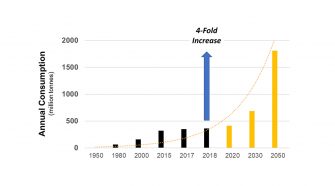
The fate of plastics and bio-based fibers
The nonwovens industry supplies a diverse range of products to multiple markets. Many of these products, especially those that target consumers, such as hygiene products and wipes, are largely designed …
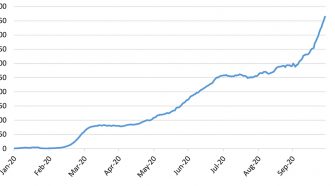
COVID, trade disputes & the global cotton market
COVID-19 is the macro event of our lifetimes, affecting the life and business of virtually everyone on the planet. For the global economy, the speed and depth of the pandemic’s …
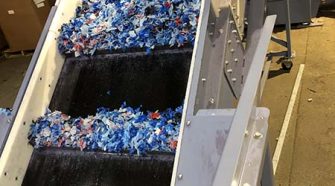
Eastman employs molecular recycling to enable the reuse of waste material over & over & over again
Eastman, as part of its commitment to advancing a circular economy, has launched an initiative rooted in the belief that plastic and textile waste can not only be eliminated but …
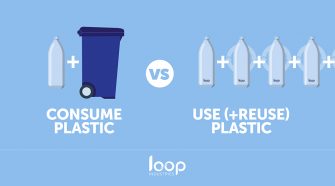
The textile recycling black hole
New legislative measures aimed at protecting the environment within the European Union are likely to make things extremely difficult for synthetic fiber producers in the coming years. The European Green …
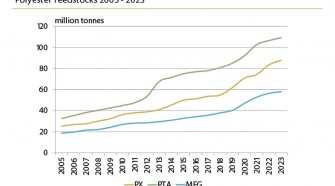
The Fiber Year 2020 – Rising investments in manmade fiber feedstocks
World fiber supply was balanced between natural and manmade fibers a quarter of a century ago but the latter considerably gained momentum afterwards, holding a current market share of more …

